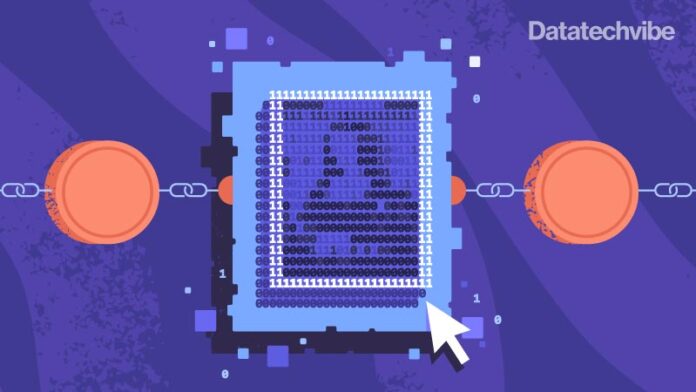With the popularity of non-fungible tokens (NFTs) skyrocketing in 2021, Chainalysis tracked a minimum of $44.2 billion worth of cryptocurrency sent to NFT-related smart contracts last year, up from just $106 million in 2020.
However, according to Chainalysis, this surge in popularity has attracted the attention of cybercriminals, with a limited but growing number now using NFTs for money laundering and wash trading, in particular.
In an analysis of money laundering, the company found the value sent to NFT marketplaces by illicit addresses jumped significantly in the third quarter of 2021, crossing $1 million worth of cryptocurrency. The figure grew again in the fourth quarter, topping out at just under $1.4 million. Roughly $84,000 worth was related to sanctions risk.
“While limited today, money laundering, and in particular transfers from sanctioned cryptocurrency businesses, represents a large risk to building trust in NFTs, and should be monitored more closely by marketplaces, regulators, and law enforcement,” commented Kim Grauer, Director of Research at Chainalysis. “We’re keeping an eye on this activity going into 2022 as the NFT markets continue to grow.”
Wash trading — the execution of a transaction in which the seller is on both sides of the trade in order to paint a misleading picture of an asset’s value and liquidity — proved a highly successful modus operandi for a select group of 110 malicious actors who collectively made over $8.8 million in profits. However, this tactic wasn’t without financial risks for operators of the scam as another group of 152 traders collectively lost $417,000 in this endeavour, on account of amounts they had to spend on associated gas fees.
Chainalysis experts highlighted that while NFT-based cryptocrime is clearly gaining momentum, it still represents just a minor fraction of the $14 billion worth of cryptocurrency-based illicit activity that the company tracked in all of 2021.
“As is the case with any new technology, NFTs offer potential for abuse. It’s important that as our industry considers all the ways this new asset class can change how we link the blockchain to the physical world, we also build products that make NFT investment as safe and secure as possible. The good news is that blockchain data and analysis makes it possible to spot users who sell NFTs to addresses they’ve self-financed, so marketplaces may want to consider bans or other penalties for the worst offenders,” Grauer added.









